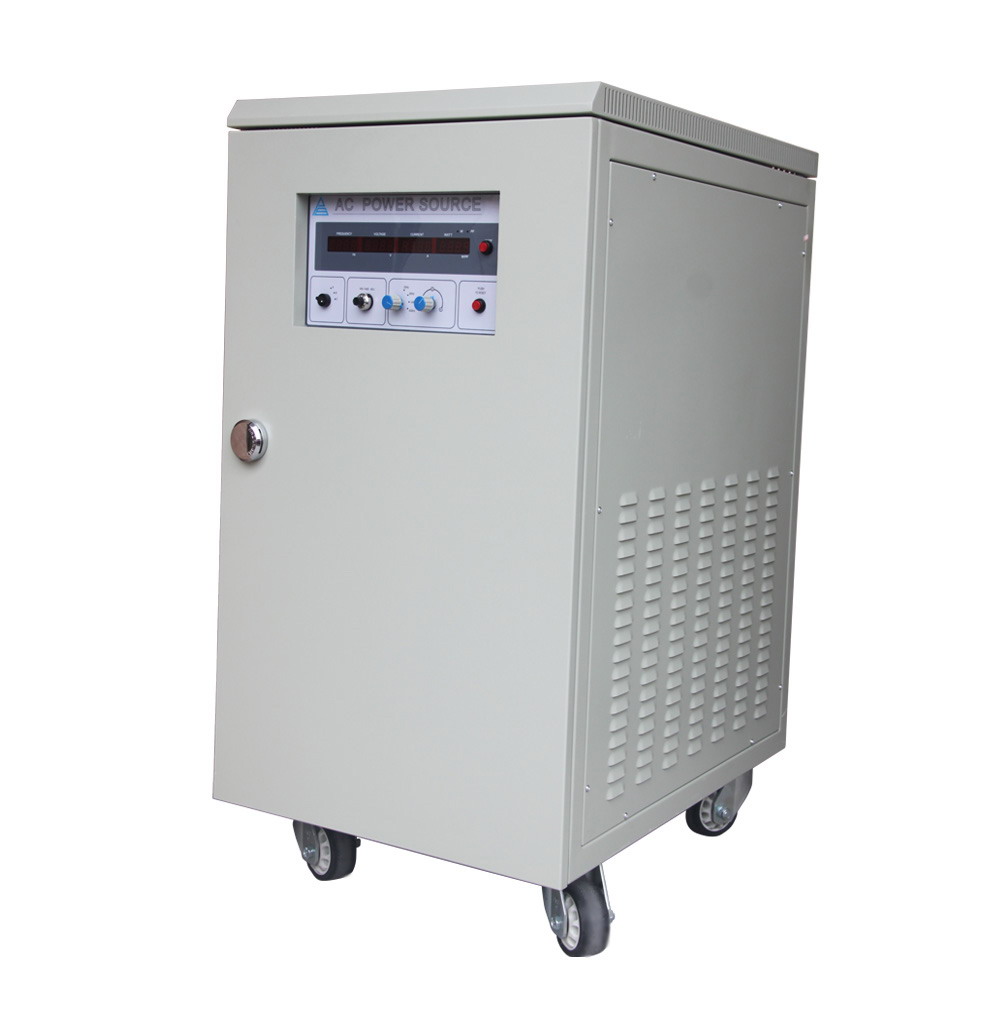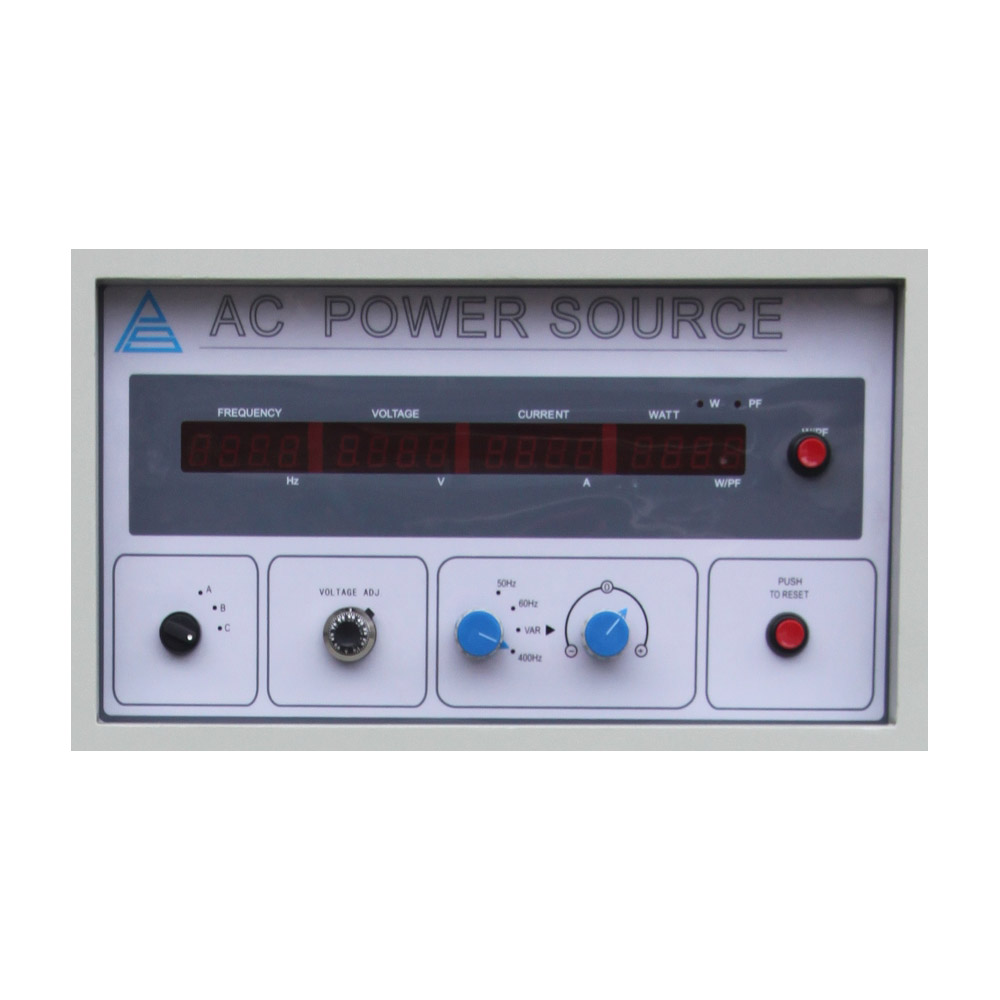News
Frequency Conversion: An In-depth Exploration of Technology, Applications, and Market Trends
Click: 835 Date: 02/22/2024 4::09::11 PM
Frequency Conversion: An In-depth Exploration of Technology, Applications, and Market Trends
Understanding the Basics of Frequency Conversion: This section could cover the fundamental concepts of frequency conversion, including the need for frequency conversion and the basic principles behind it.
Understanding Frequency Conversion Basics
Frequency conversion is a critical concept that spans across various fields, including electronics, telecommunications, and computer technology. It involves the transformation of oscillations or vibrations from one frequency range to another, allowing for accurate measurement, comparison, and optimization of high-frequency systems. The foundational units of frequency, such as hertz (Hz), kilohertz (kHz), megahertz (MHz), and gigahertz (GHz), are essential for precise measurement and analysis. For instance, converting gigahertz (GHz) to hertz (Hz) involves a simple multiplication by one billion, and vice versa, highlighting the direct relationship between these units.
The Role of Amplitude and Wavelength
Two key parameters in wave analysis are amplitude and wavelength. Amplitude denotes the maximum displacement of a vibrating object from its equilibrium position, influencing the energy carried by a wave. Wavelength, on the other hand, is the distance between two consecutive points of the same phase on a wave. The relationship between frequency and wavelength is inversely proportional, indicating that as frequency increases, wavelength decreases, and vice versa. This relationship is crucial for understanding the behavior of waves across different frequency ranges.
Practical Applications of Frequency Conversion
Frequency conversion finds practical applications in fields such as audio engineering, telecommunications, medical imaging, and physics. For example, in audio engineering, converting a musical note to its corresponding frequency is essential for tuning instruments or adjusting audio recordings. In telecommunications, converting frequencies between different bands is necessary for effective signal transmission and reception, especially in satellite communication systems.
Importance of Frequency Conversion in Various Fields
The significance of frequency conversion lies in its ability to transform wave oscillations into a format that can be utilized by various devices and systems. It enables efficient signal transmission, prevents harmful resonance, and aids in the study of wave properties. By converting between different frequency units, we can analyze and manipulate waves for practical applications, emphasizing the importance of frequency conversion in communications, electronics, and physics.
Considerations When Converting Frequencies
When converting frequencies, such as from gigahertz (GHz) to hertz (Hz), it is crucial to consider the nature of waves, the relationship between frequency and period, and the use of appropriate conversion factors. For instance, understanding that 1 GHz equals 1,000,000,000 Hz is essential for accurate conversion, allowing for a deeper comprehension of frequency and its role in various scientific and engineering applications.
Exploring Different Types of Frequency Converters: Here, you would delve into the various types of frequency converters available, such as Voltage Frequency Converters (VFCs), Power Frequency Converters, and Variable Frequency Drives (VFDs), highlighting their unique characteristics and applications.
Voltage Frequency Converters (VFCs):
VFCs play a crucial role in the power industry, supporting the entire power generation process. They are instrumental in wind power generation, hydropower generation, coal-fired power generation, garbage cleaning, and exhaust gas transmission. VFCs adjust the frequency of the electrical power supply to control motor speed and torque, ensuring smooth operation and energy efficiency.
Power Frequency Converters:
Power Frequency Converters are designed for use in the oil and gas drilling industry, where they are applied to load-type motors such as gas compressors, water injection pumps, pumping units, oil transfer pumps, and submersible pumps. These converters significantly reduce energy consumption and emissions, making them an essential tool for environmental protection and energy conservation.
Variable Frequency Drives (VFDs):
VFDs are a type of motor controller that offers precise control over motor speed and torque by adjusting the frequency and voltage of the power supply. They are widely used in applications where speed control and energy efficiency are critical, including HVAC systems, industrial machinery, pumps, and fans. VFDs provide features such as soft start/stop, overload protection, and various control modes, making them ideal for applications that require precise and dynamic speed regulation.
General Frequency Converter:
General Frequency Converters are versatile and can be used with ordinary cage-type asynchronous motors, adapting to various loads of different nature. They offer a variety of optional functions, making them suitable for a wide range of applications.
High-performance Dedicated Frequency Inverter:
High-performance dedicated inverters are primarily used in systems with higher requirements for motor control. They typically adopt vector control mode and are designed to drive special motors specified by the inverter manufacturer, ensuring high performance and efficiency.
High-frequency Inverter:
High-frequency inverters are used in ultra-precision machining and high-performance machinery, where high-speed motors are often required. These inverters adopt the PAM (Pulse Amplitude Modulation) control mode, allowing for the output frequency of the frequency inverter to reach 3kHz, meeting the driving requirements of high-speed motors.
IGBT Frequency Inverter:
IGBT frequency inverters utilize insulated gate bipolar transistors (IGBTs) as power-switching devices. IGBTs offer high voltage tolerance and high switching speeds, making these inverters ideal for high-power applications. They are widely used in industrial drives and motor control for efficient power conversion.
MOSFET Frequency Inverters:
MOSFET frequency converters use metal-oxide-semiconductor field-effect transistors as the power-switching device. MOSFETs are known for their low on-resistance and fast switching characteristics, making these frequency converters suitable for applications that require high-frequency switching. They are typically used in low-power applications and high-frequency applications.
Each type of frequency converter has its unique characteristics and applications, catering to the specific needs of various industries and applications. Understanding these differences is crucial for selecting the most appropriate frequency converter for a particular application, ensuring optimal performance, energy efficiency, and environmental sustainability.
The technological advancements and innovations in frequency conversion are rapidly evolving, with new methods and technologies emerging that promise to enhance efficiency, reduce costs, and improve the performance of frequency conversion systems. Here's an exploration of some of the latest developments in this field:
Advancements in Frequency Conversion Technology: The evolution of frequency conversion technology is marked by a shift towards more efficient and compact designs. Innovations in semiconductor materials and power electronics have led to the development of more compact and efficient converters. This has opened up new possibilities for integrating frequency conversion functions into various applications, including renewable energy systems and industrial automation.
Digital Control Techniques: The integration of digital control techniques into frequency conversion systems has significantly improved their performance. These techniques allow for precise control over the conversion process, leading to better efficiency, reduced harmonic distortion, and improved reliability. The use of digital signal processing (DSP) algorithms for controlling the converter operation has become a standard practice in modern frequency conversion systems
Emerging Technologies in Frequency Conversion: The field of frequency conversion is not only limited to traditional technologies like power inverters and variable frequency drives (VFDs). Emerging technologies such as solid-state drives (SSDs) and energy harvesting systems are being explored for their potential to enhance the efficiency and performance of frequency conversion systems. For instance, SSDs could offer a more compact and efficient solution for motor control applications, while energy harvesting systems could enable the integration of renewable energy sources into frequency conversion systems
Internet of Things (IoT) Applications: The integration of frequency conversion systems into the IoT is another area of innovation. By connecting frequency converters to the internet, it is possible to monitor and control their operation remotely. This opens up new possibilities for the integration of frequency conversion systems into smart grids and energy management systems, enabling more efficient and flexible energy distribution
Space-Based IoT for Global Connectivity: The use of space-based IoT systems to enhance global connectivity is another innovative application of frequency conversion technology. The deployment of low-cost, low-weight nanosatellites can provide coverage in areas that are currently underserved by terrestrial networks. This technology can be particularly useful for applications that require reliable and high-speed communication, such as remote monitoring and control systems for renewable energy installations
In conclusion, the technological aspects and innovations in frequency conversion are characterized by a shift towards more efficient, compact, and intelligent systems. The integration of digital control techniques, the exploration of emerging technologies, and the potential for IoT applications all point to a future where frequency conversion systems will play a crucial role in enabling the efficient use of renewable energy sources and the development of smart, connected infrastructures.
Frequency converters play a pivotal role across various industries, enhancing efficiency, reducing energy consumption, and improving the performance of electrical systems. Here's a detailed exploration of their applications:
Power Generation: Frequency converters are integral to the power industry, where they are utilized in wind power generation, hydropower generation, and coal-fired power generation. Their ability to regulate the speed of AC motors ensures efficient operation of turbines and generators, contributing to the reliability and sustainability of power supply
Oil and Gas Drilling: In the oil and gas sector, frequency converters are applied to load-type motors such as gas compressors, water injection pumps, pumping units, oil transfer pumps, and submersible pumps. These applications significantly reduce energy consumption and emissions, aligning with the industry's focus on environmental protection and operational efficiency
Building Materials Industry: The building materials industry relies on frequency converters for motors driving crushers, blowers, exhaust fans, rotary kilns, and conveyors. As environmental protection, energy conservation, and emission reduction become priorities, the demand for high-power inverters is on the rise, highlighting the role of frequency converters in driving industry advancements
Coal Industry: In the coal sector, frequency converters are used in mine hoists to improve automation levels, enhance transmission capacity, and reduce electric energy consumption. This application underscores the technology's ability to optimize energy use in mining operations
Automation Control and Precise Speed Control: Frequency converters offer adaptability and precise speed control, essential for many industrial applications. Their ability to dynamically adjust motor speeds to meet varying load requirements enhances system flexibility and performance. This is particularly critical in machining, production, and transportation processes requiring high precision, such as in robotics on production lines, medical equipment, and laboratory instruments
The market for frequency converters is experiencing significant growth, driven by a variety of factors including industrial applications, the need for efficient electrical equipment, and advancements in infrastructure such as high-speed rail systems. The increasing demand for advanced technology, particularly in developing countries, is also a key driver. Additionally, the rise of IIoT (Industrial Internet of Things) is expected to further boost demand across several end-user industries.
The global frequency converter market is projected to cross USD 25 billion by 2026, growing at a CAGR of 5% during 2020-2026. This growth is attributed to the expanding industrial sector, investments in infrastructure development, and the integration of IoT technologies. The market is segmented by product type (static and rotary), sales channel (direct and indirect), and end-user industry (food & beverage, aerospace & defense, HVAC, pharmaceutical, marine, metal & mining, chemicals, oil & gas, power generation, packaging, cement, textile, water & wastewater, paper & pulp, rubber & plastic, forestry & woodwork, and others).
Key players in the market include ABB, Aplab, Bosch, Danfoss, and Siemens, who are recognized for their innovations in technology, product lines, marketing strategies, and sales networks. The market is also influenced by geographical trends, with different regions showing varying growth rates due to local economic conditions, government policies, and technological advancements.
In summary, the future of the frequency converter market looks promising, with continuous growth anticipated in the coming years. This growth is fueled by a combination of technological advancements, increasing demand from various industries, and the global push towards efficiency and sustainability in electrical systems.

